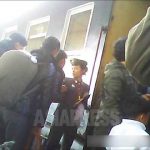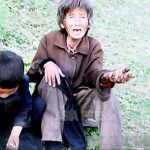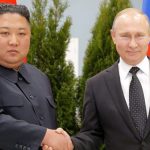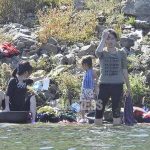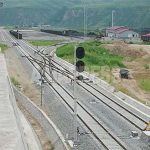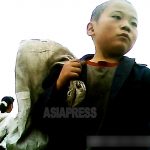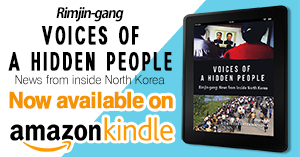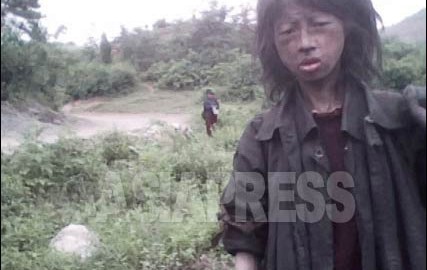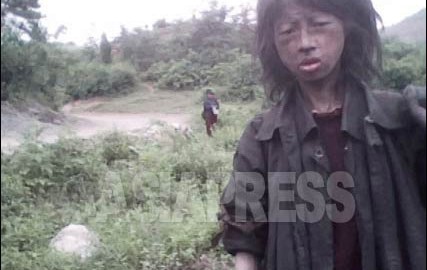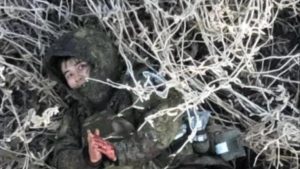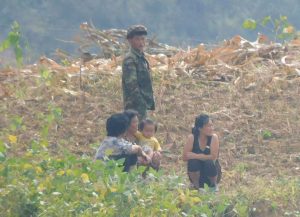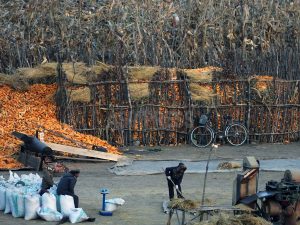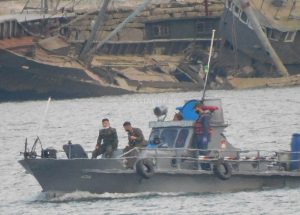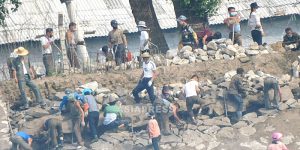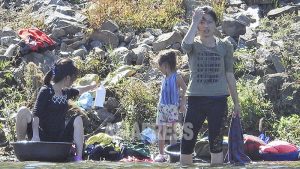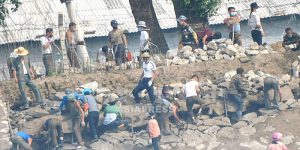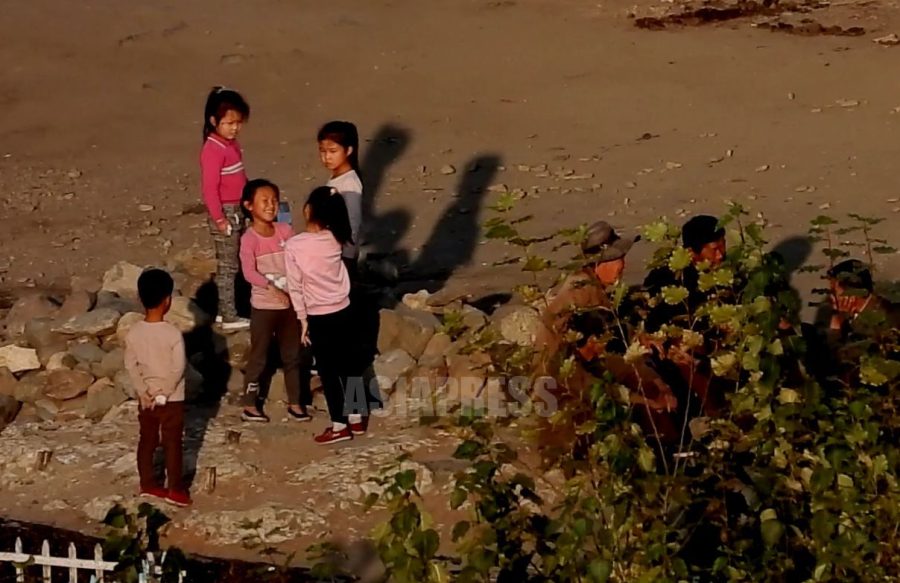
◆ Young People Mobilized for Dangerous Construction Sites
The next day, we headed to Dandong at the lower reaches of the Yalu River, which serves as the largest hub for North Korea-China trade. Souvenir shops were filled with "Chosun-made" alcohol and cigarettes, and there were people who appeared to be on business trips from North Korea. The border was completely sealed during the COVID-19 pandemic, but now the movement of people and goods has resumed.
The main artery of North Korea-China trade is the Yalu River Bridge, built during the Japanese colonial period. We took a cruise ship from there. As we approached Wihwa Island, where apartment construction for flood victims from late July was underway, people became increasingly visible.
I involuntarily gasped. The damp concrete color, steel reinforcements jutting out in all directions, and haphazardly assembled wooden molds and scaffolding—my honest first impression was: is this a ruin?
Even more shocking was the sight of numerous people working closely together along rooftops and outer walls without safety lines. They were reportedly mobilized from the military and youth organizations. Their expressions revealed nothing but fatigue. People trapped in the state's "mobilization" system perhaps don't even have the luxury of feeling "danger."
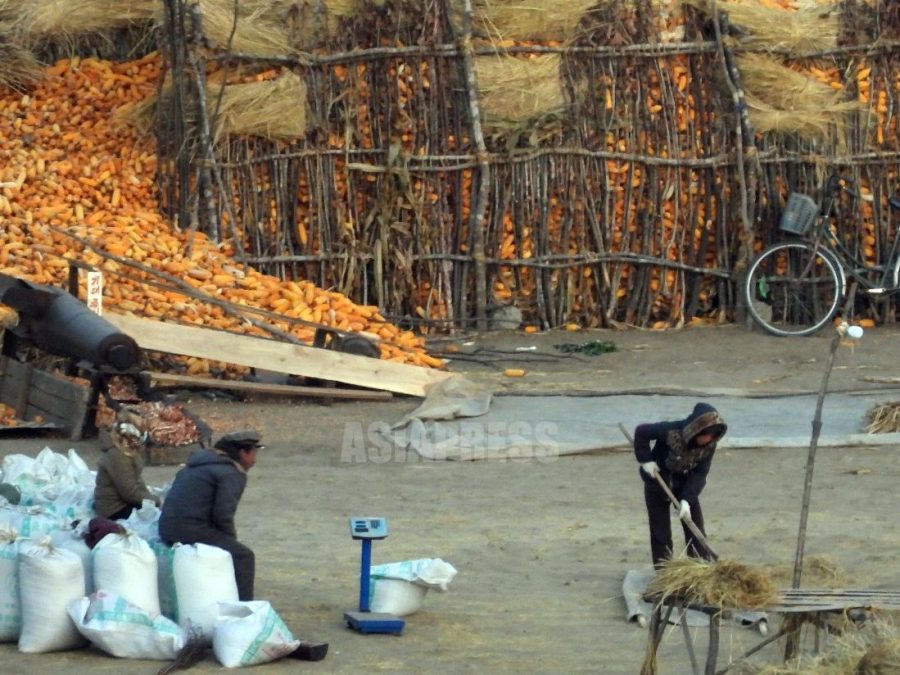
◆ Laughter from North Korea
We continued upstream to the Supung Dam, a hydroelectric power plant built in the late Japanese colonial period that was once called the largest in East Asia. We chartered a small boat to get as close as possible to Sakju County in North Pyongan Province on the opposite shore.
Desperately filming from the boat as it sprayed water, I thought it looked like a prison. The North Korean side had dense iron fencing much taller than a person's height. Until about five years ago, residents would wash clothes or play in the water by the riverside. But when the pandemic hit in 2020, the Kim Jong-un regime prohibited people from approaching this border river, and now they can't even touch the water.
I noticed two women riding bicycles inside the fence. As I zoomed in with my lens, the sound of their laughter reached my ears. It was a moment when I truly felt the obvious fact that this is "a country where people live."
◆ Even the Smell of Burning Wood
Following the mountain path with the Yalu River on our right, we arrived at Changbai Korean Autonomous County in Jilin Province. Across the river was Hyesan City, the provincial capital of Yanggang Province. This is the narrowest part of the North Korea-China border accessible to foreigners, with a distance of just tens of meters. Just before arriving in Changbai County, news broke that North Korean troops had blown up the road connecting to South Korea north of the military demarcation line. Perhaps due to the tense situation, Chinese police followed us, foreign visitors, for quite some time.
Avoiding watchful eyes, I peered at Hyesan's streets through my camera and could clearly see the bills clutched in women's hands as they bought and sold fish and fruit in the alleys. In an open space within the residential area, girls were playing hand games, doubling over with laughter at something amusing.
After dinner, while walking along the river, the smell of burning wood wafted over. The nights were getting quite chilly. Perhaps it was for heating. While the Chinese side's promenade and buildings were brightly lit, there was not a single light on the other side. ASIAPRESS has reporting partners living in Hyesan. According to them, electricity is currently available for only about three hours a day.
◆ Wanting to Get Closer, Wanting to Talk
Life for North Korean residents is extremely difficult right now. As authorities restrict private commercial activities, people are losing cash income and some are starving. How hard must life be when you have to worry about tomorrow's food in winter temperatures that drop to -25°C? I want to get closer and talk to them directly. Glimpsing this ancestral land from the border only intensified this desire. (HONG Mari) To 2 >>
※ This continues with JEON Sung-jun's segment.
※ All photos were taken by Hong Mari and Jeon Seong-jun from the Chinese side in October 2024.
※ This article was originally published in "Weekly Friday" on April 4, 2025, with additional editing.
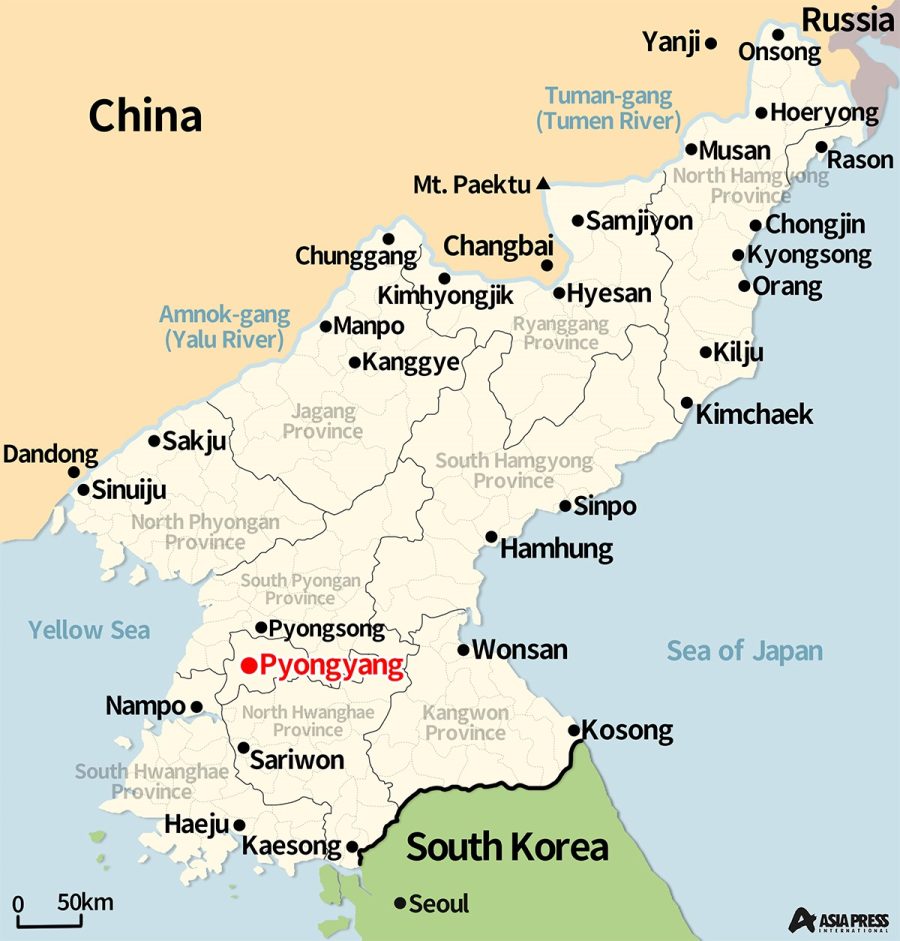
- <North Korea Special>What is the Reality of Kim Jong-un's Agricultural Reform? (10) 'Farm Fool' is Old News, Claims that 'Farm Workers are Popular Now' - Hope for New Policies, But...
- <Inside N. Korea>Military Service Period Extended Again - Men Now Serve 10 Years, Women 7 Years
- <Inside N. Korea>'Show Me What's in Your Phone' - A Student Souple Resisted the Overly Strict Inspection, But...
- <Inside N. Korea> Counterfeit Money Flooding: NK Won, Chinese Yuan, and 'Donpyo' Vouchers Spreading Despite Major Crackdowns
- <Inside N. Korea>Even Housewives Being Mobilized - New "Women's League Shock Brigades" for Farm Labor as Kim Jong-Un Regime Demands Farms Cover Labor Costs
